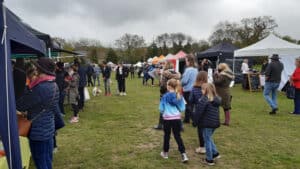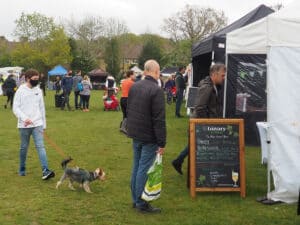Many of us will almost certainly have over-indulged during the festive season and taken less exercise than usual. However, a good number of us will also be making resolutions to get fit in the New Year. Instead of hitting the gym or joining an exercise class in the village hall, however, why not get out and get active?
The benefits of the great outdoors include reducing blood pressure, keeping our lungs, heart and bones healthy and improving our mental health and wellbeing.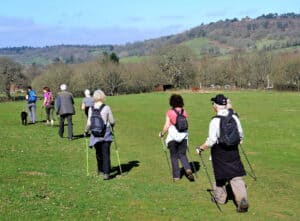
Perhaps we need an extra challenge rather than simply going for another walk. While most of us enjoy a good walk (members of the SHS probably more than most) what about trying out a different type of walking? Nordic walking, with poles, is brilliant exercise, working the upper body and giving a more complete workout. No wonder it is becoming increasingly popular with plenty of local walking groups.
Or perhaps explore a different area close to home. I live just outside of Dorking by Box Hill and most of my dog walks are around local fields, but I recently discovered lovely countryside walks just the other side of Dorking around Westcott. Or why not discover Surrey’s lesser-known villages? Betchworth, Godstone, Shere and Chiddingfold get more than enough visitors, so try exploring villages away from the tourist trail. Perhaps Holmbury St Mary, where EM Forster’s “A Room with a View” is supposedly based, or Outwood, with its grade 1 post mill, picturesque Bramley, or Seale with its hidden gem, the Manor Farm Craft Centre, housed in old farm buildings.
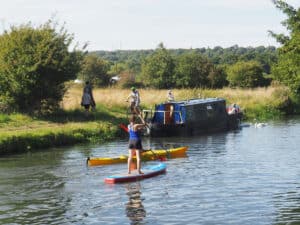
What else apart from walking? The Surrey Hills may be landlocked, but there are many opportunities to get close to water. Willing to give wild swimming a go? Try Divers Cove in Godstone, a former sand extraction site, or Buckland Lake, a 50-acre recreational lake near Reigate. Canoeing and paddleboarding are great fun and help to tone the upper body as well as offering a great opportunity to get close to wildlife.
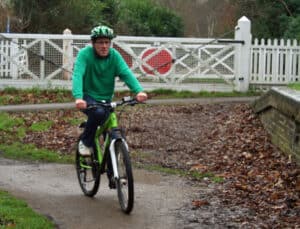
Cycling is a great family activity and there are plenty of interesting cycle trails that do not involve the Box Hill loop. Check out the Cycling page of the AONB website for ideas. If cycling seems too strenuous e-cycling offers low-impact exercise along with an opportunity to enjoy the countryside at a comfortable pace. It’s possible to hire by the day or as a starting point just by the hour.
Volunteering is another way to stay active and contribute to conserving and protecting our countryside. Opportunities exist with many local organisations especially those concerned with environmental and wilding initiatives.
And for those who prefer to stay home, there is plenty to do in the garden even in January. Gardening benefits our well-being and gives a full body workout particularly when raking, digging or even clearing leaves. Finally for days when the weather really is too inclement to venture out, a spring-clean is not only good for your home but can boost your mood, burn calories and do wonders for your overall health.
Susie Turner



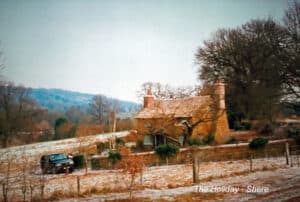
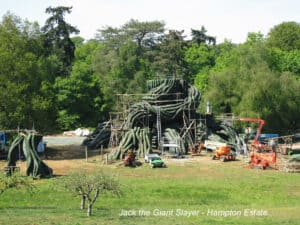


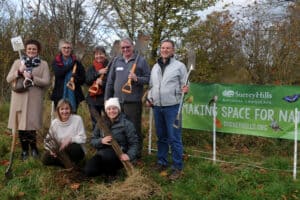
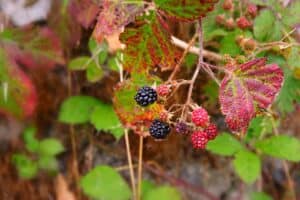 The flowers of species such as Hawthorn and Blackthorn support a range of invertebrates, which in turn are fed on by bats and birds. However, as well as providing food, hedgerows act as important wildlife corridors, helping wildlife to travel safely across the landscape. This is particularly important for genetic diversity, preventing isolation and inbreeding of small populations, which subsequently become susceptible to disease.
The flowers of species such as Hawthorn and Blackthorn support a range of invertebrates, which in turn are fed on by bats and birds. However, as well as providing food, hedgerows act as important wildlife corridors, helping wildlife to travel safely across the landscape. This is particularly important for genetic diversity, preventing isolation and inbreeding of small populations, which subsequently become susceptible to disease. 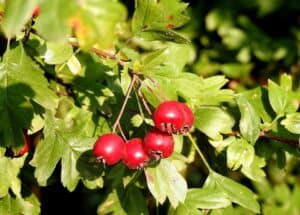 Therefore, by allowing wildlife to travel safely across unsuitable areas, hedgerows facilitate dynamic populations of species and increase connectivity between good quality habitats in the landscape.
Therefore, by allowing wildlife to travel safely across unsuitable areas, hedgerows facilitate dynamic populations of species and increase connectivity between good quality habitats in the landscape.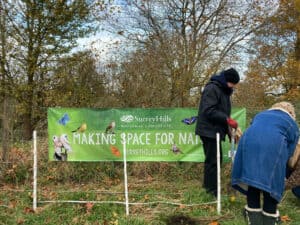
 We planted a native mix of six tree species including Hawthorn, Blackthorn, Field Maple, Hazel, Dog Rose and Spindle. This will help to provide a range of food sources for wildlife and will create a nice thick hedge for species to shelter in. It was great to see all our Champions getting involved in the tree planting and there was a wonderful feeling of community spirit as everyone worked in small teams to dig the holes, plant the trees and add the rabbit protection.
We planted a native mix of six tree species including Hawthorn, Blackthorn, Field Maple, Hazel, Dog Rose and Spindle. This will help to provide a range of food sources for wildlife and will create a nice thick hedge for species to shelter in. It was great to see all our Champions getting involved in the tree planting and there was a wonderful feeling of community spirit as everyone worked in small teams to dig the holes, plant the trees and add the rabbit protection.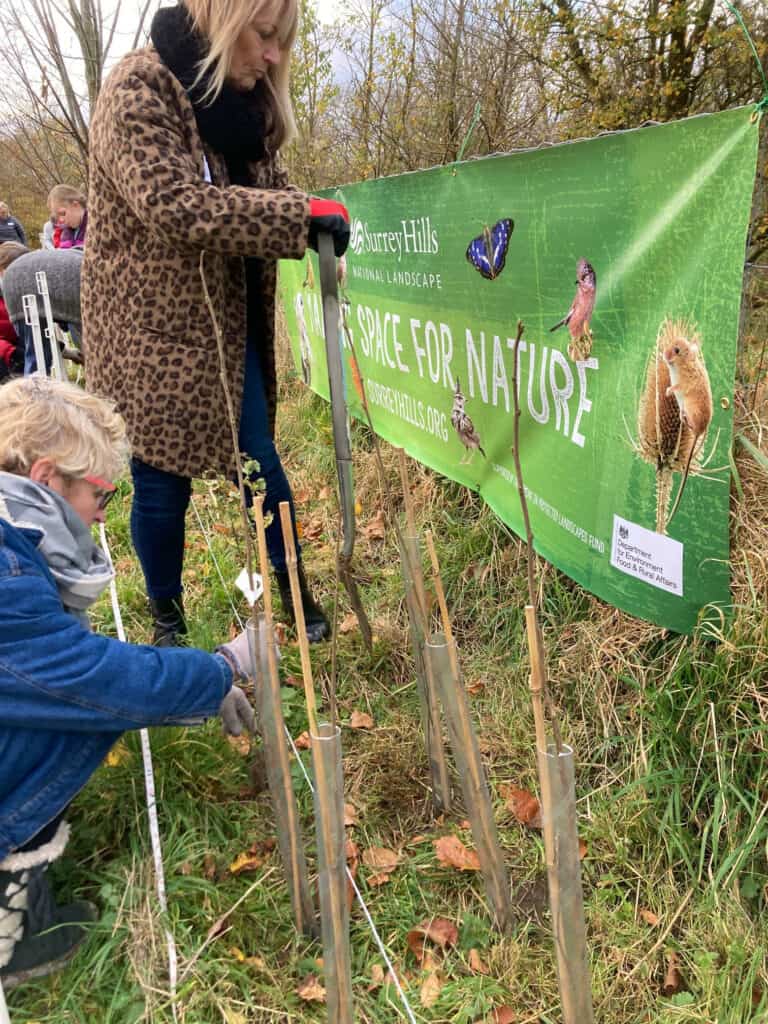
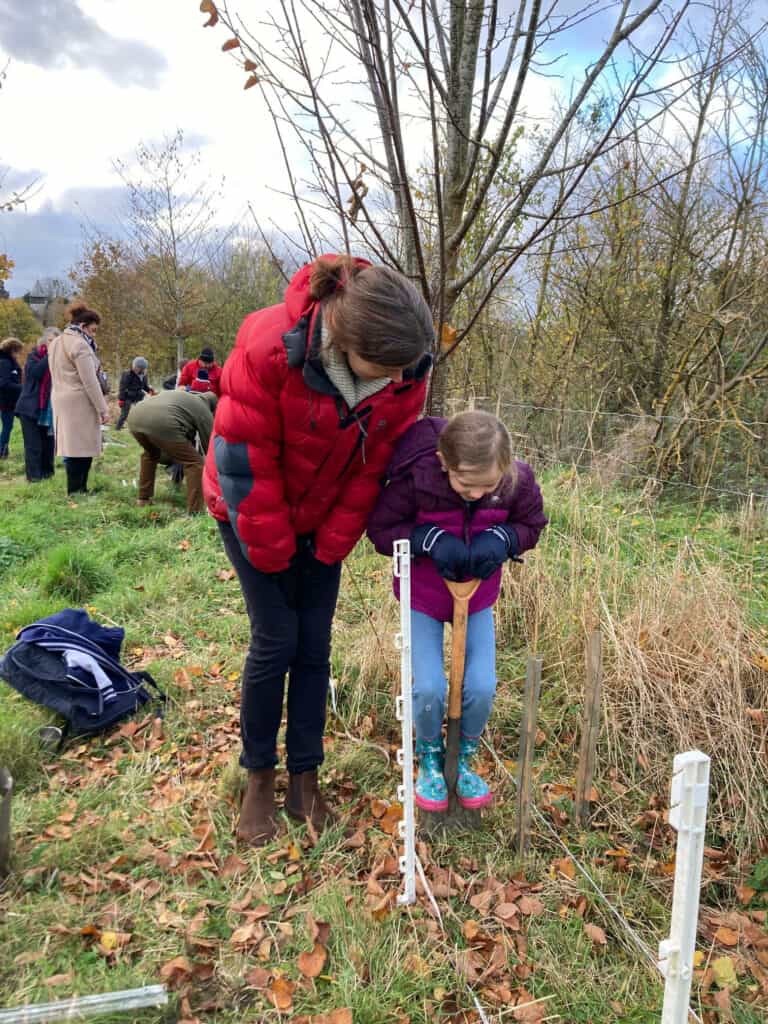
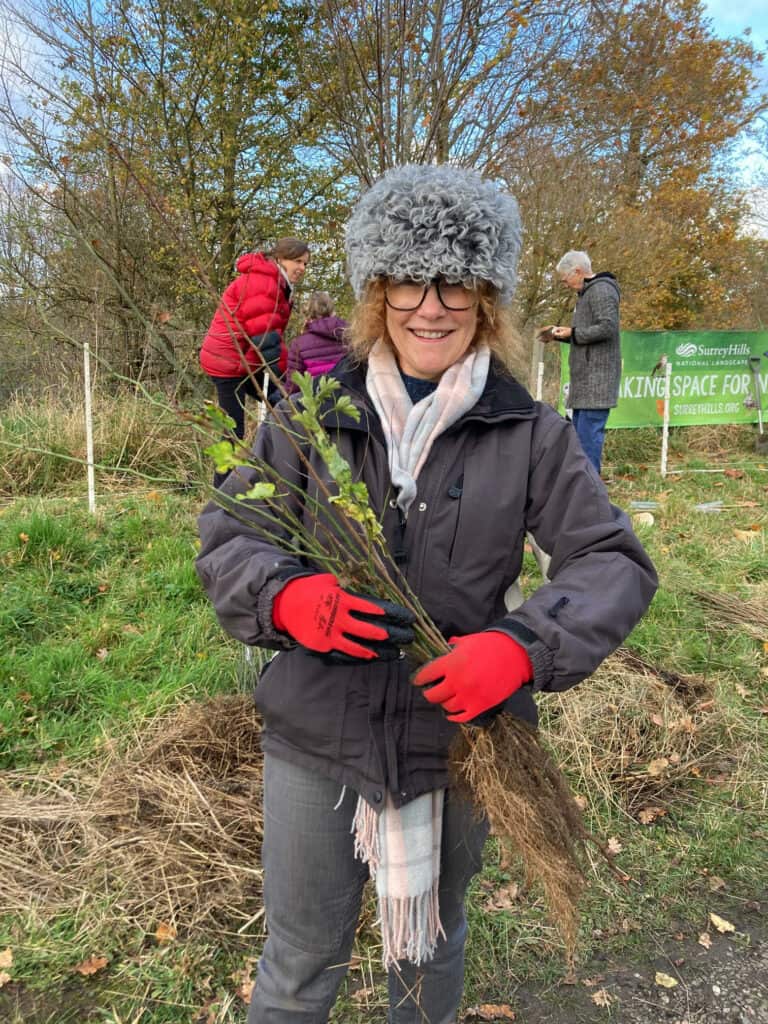

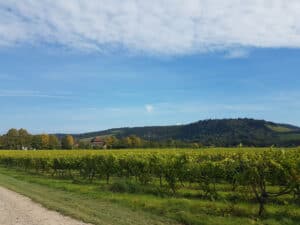
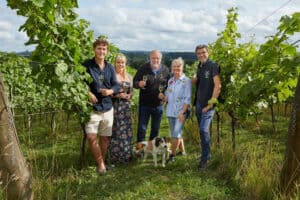 It was their still Silent Pool Rosé that first put
It was their still Silent Pool Rosé that first put 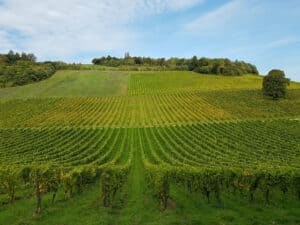

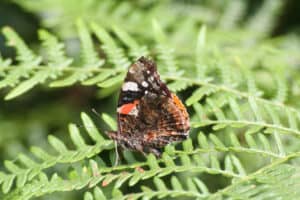
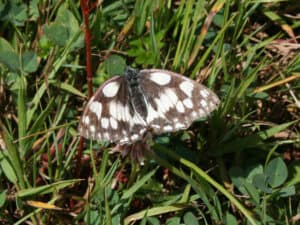
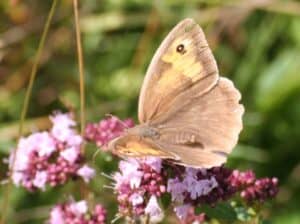 One way for everybody to get involved in conserving butterflies is to take part in the annual ‘Big Butterfly Count’ in July. According to Butterfly Conservation ‘The Big Butterfly Count is a UK-wide survey aimed at helping us assess the health of our environment simply by counting the amount and type of butterflies we see.’ The exciting thing about the count is that anyone can take part, anywhere they like. You could count butterflies from your garden or out in the countryside on a walk. When the next count takes place this summer, I urge everyone to get involved and record what they see. It is an enjoyable experience and provides crucial scientific data.
One way for everybody to get involved in conserving butterflies is to take part in the annual ‘Big Butterfly Count’ in July. According to Butterfly Conservation ‘The Big Butterfly Count is a UK-wide survey aimed at helping us assess the health of our environment simply by counting the amount and type of butterflies we see.’ The exciting thing about the count is that anyone can take part, anywhere they like. You could count butterflies from your garden or out in the countryside on a walk. When the next count takes place this summer, I urge everyone to get involved and record what they see. It is an enjoyable experience and provides crucial scientific data.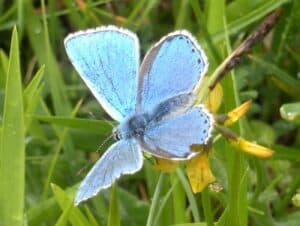

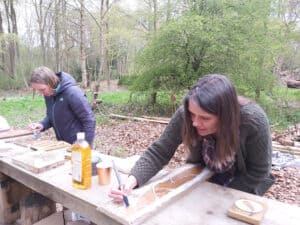
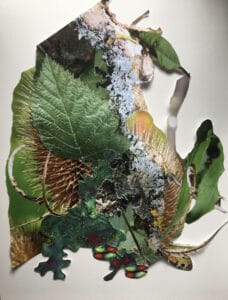 This year their exciting artworks include textile hangings, ceramic egg forms and navigation markers. Fine Art MA student Noelle Genevier creates stunning collages and she will be developing her work by finding a way to waterproof these. They will wrap around the trees in an incredible display of images, textures and colours. This is just one of twelve artworks you can see. A
This year their exciting artworks include textile hangings, ceramic egg forms and navigation markers. Fine Art MA student Noelle Genevier creates stunning collages and she will be developing her work by finding a way to waterproof these. They will wrap around the trees in an incredible display of images, textures and colours. This is just one of twelve artworks you can see. A 
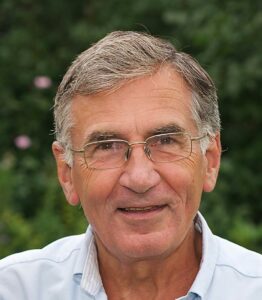 Patrick Mannix is a local resident and has been a practicing owner/operator of Sandhurst Copse & Sheepwalk woodland in the Surrey Hills AONB for the last 20 years. He has lectured and hosted visits by the Surrey Hills Society and many members take advantage of his “managed access” system, giving permission to walk in the woodland. Interacting with nature every day, observing and learning, he has been curious about nature and natural processes since his grandfather taught him the names of trees in the 1940s. Now, as a grandfather himself, his concerns are about the world our grandchildren will grow up in and how we can learn to respect our natural environment before it is too late.
Patrick Mannix is a local resident and has been a practicing owner/operator of Sandhurst Copse & Sheepwalk woodland in the Surrey Hills AONB for the last 20 years. He has lectured and hosted visits by the Surrey Hills Society and many members take advantage of his “managed access” system, giving permission to walk in the woodland. Interacting with nature every day, observing and learning, he has been curious about nature and natural processes since his grandfather taught him the names of trees in the 1940s. Now, as a grandfather himself, his concerns are about the world our grandchildren will grow up in and how we can learn to respect our natural environment before it is too late.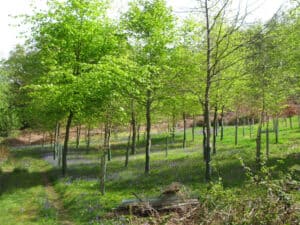

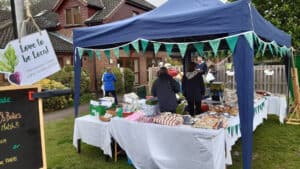 Many of us are giving much more thought to our health and wellbeing since the pandemic and have developed a greater interest in the provenance and traceability of our food. We have also become much more aware of our local community and shown an increasing desire to buy local. We are lucky in Surrey to have an array of wonderful products that are grown and produced locally. What better way can there be to support our local producers than buying food from one of Surrey’s farmers’ markets?
Many of us are giving much more thought to our health and wellbeing since the pandemic and have developed a greater interest in the provenance and traceability of our food. We have also become much more aware of our local community and shown an increasing desire to buy local. We are lucky in Surrey to have an array of wonderful products that are grown and produced locally. What better way can there be to support our local producers than buying food from one of Surrey’s farmers’ markets?